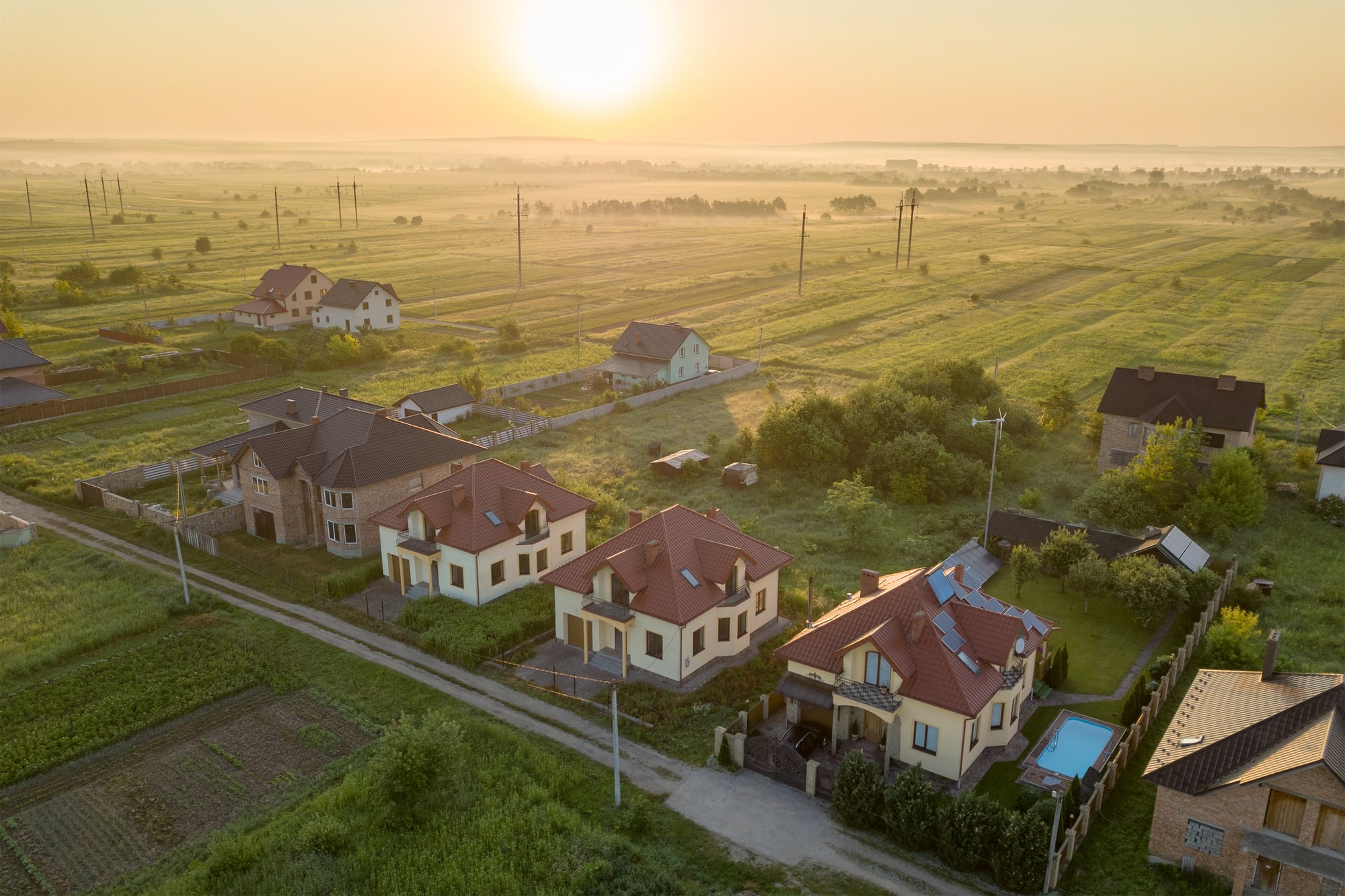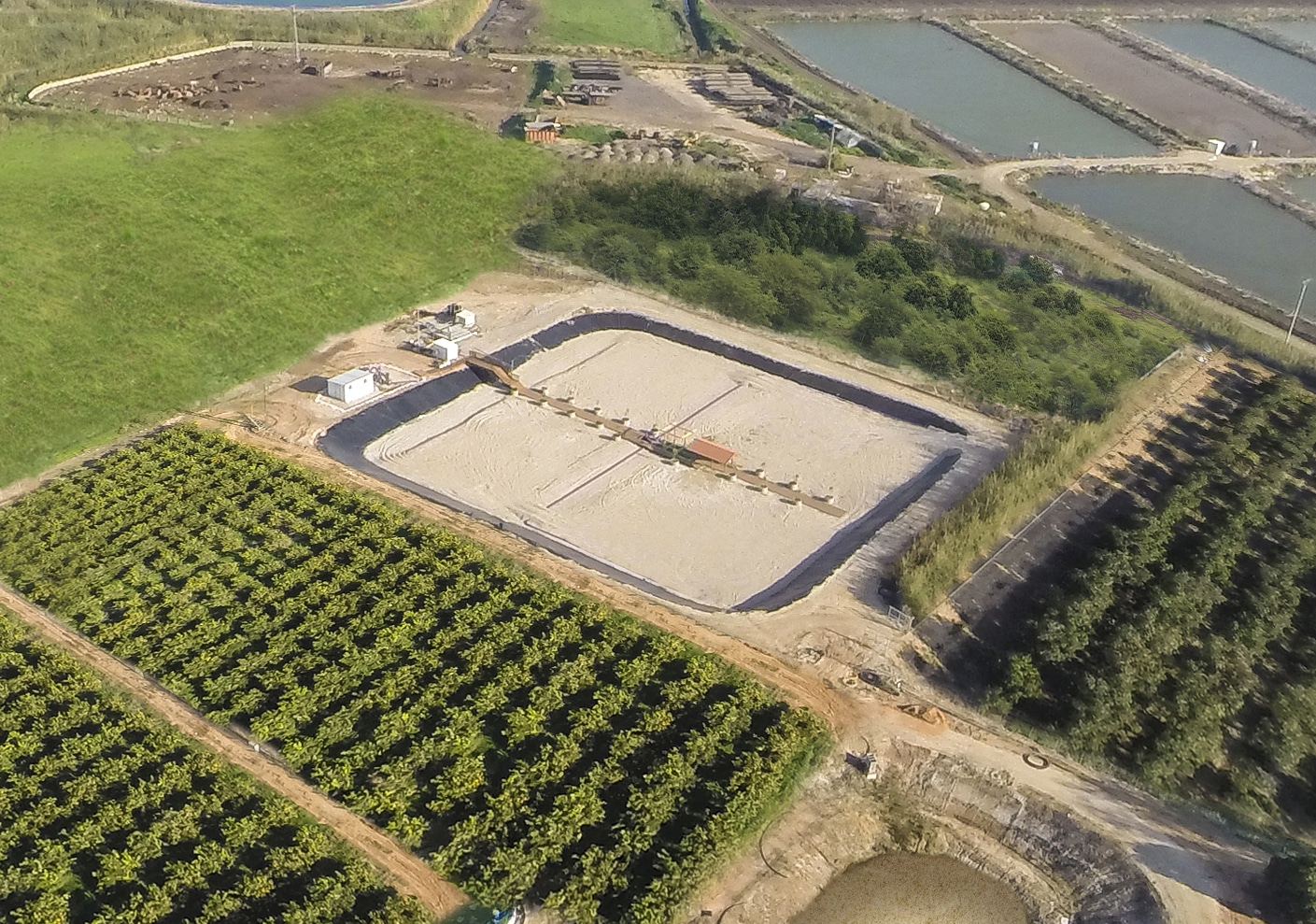How to Prevent Drought in Agricultural Communities
Drought is a significant threat to communities that rely on agriculture both as a primary food source and to drive their economy. While communities can’t control the climate and
weather conditions that play a significant role in drought formation, they can adopt measures that let them make the most of available and new water supplies.

Water Supply in Agricultural Communities
Unlike municipal use, agriculture enjoys free access to water in most jurisdictions. However, these communities are also subject to government allocation and distribution schemes that may not prove sufficient for their needs.
In many regions, water supplies are more than enough to meet demand on paper. However, poor distribution regimes lead to certain communities experiencing drought anyway. These communities suffer from both local geographic and climate factors, along with regulatory inefficiency.
Some areas effectively combat drought through the use of reservoirs, either natural or man-made, using dams. These options aren’t always possible, given local water courses and geography. These communities find themselves unable to conserve water in times of excess supply for periods of drought.
Measures such as reclamation of municipal and industrial wastewater and purification of other sources can often augment supply. However, such measures often rely on funding that communities simply don’t have. Governments are often slow to respond to such crises with adequate funding, leaving these communities without the fast and lasting relief they need.
Combatting Agricultural Drought in the Netherlands
Low-lying regions throughout the Netherlands face considerable challenges in maintaining adequate water reserves for agriculture. However, the government has initiated a program intended to improve drought resistance.
The Delta Program is a collaboration between the national government and provincial and municipal authorities to ensure sufficient freshwater supply, with the aim of achieving that goal by 2050. The program provides funding for research, pilots, and infrastructure, along with guiding policy on water supplies.
Its methods include careful evaluation of local conditions within communities at risk of drought. From there, they recommend potential solutions that allow for more efficient use of water supplies, water reclamation, and other measures to allow for self-sufficient communities.
This major project has invested €400 million in funds since its inception in 2015. By 2027, an additional €800 million is expected to be invested in practical solutions for ensuring resilient freshwater supplies throughout the country.
Guidelines on Safe Water Reuse for Agriculture
The Netherlands and other countries in the European Union are subject to European Commission guidelines on safe water reuse for agriculture. Water reclamation from municipal and industrial wastewater is a vital part of any drought prevention plan, and communities need technologies that meet those standards to ensure health and safety.
The guidelines lay out a framework for risk management, permitting, monitoring, and implementation of water reclamation programs. It also prescribes guidelines for specific contaminants such as nitrates, microorganisms, pesticides, and more.
Communities will have to ensure that their water reclamation solutions follow these guidelines. The EU’s Water Reuse Regulation comes into effect in June 2023 and will make these guidelines a matter of law that will be enforced.
Implementing Solutions to Prevent Drought
While regulation provides guidance and governments can provide funding, communities must find and implement the drought prevention solutions they need in their communities. A variety of technologies can serve to improve water supply resilience in many different situations.
Biological wastewater treatment and reuse is one such solution. This method can provide clean fresh effluent at lower costs and with reduced operational demands than other types of wastewater reclamation facilities. The low and easy-maintenance systems rely on passive aeration method and microorganisms to treat domestic and livestock wastewater, eliminating organic matter and other contaminants.
Reverse osmosis desalination also plays a vital role in the removal of many key contaminants from wastewater. Ultra-high recovery reverse osmosis enables significant water recovery while producing minimal waste, improving the viability and operability of such solutions for any community.
These technologies and others make water and wastewater reclamation available at the scale and budget that agricultural communities are faced with. They improve drought resilience and provide the water autonomy that these communities need to thrive and grow.

WFI Solutions for Drought
Communities at risk of drought can take advantage of the experience and innovation of WFI. Our team evaluates your needs and water resources to provide the most effective solution for your unique community, with the latest Flow Reversal technology for desalination, TAYA technology for biological wastewater treatment, MAC technology for inorganic removal of pollutants from drinking and industrial water, and other water treatment technologies.


